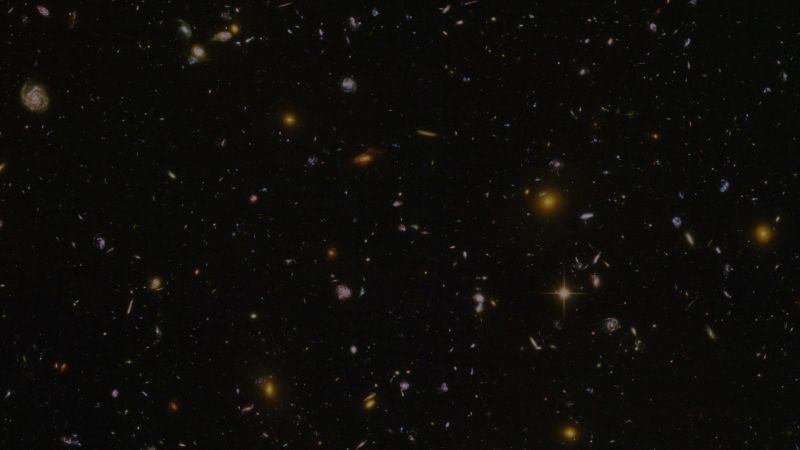The Moon, Earth’s only natural satellite and the fifth largest in the solar system, has seen minimal human exploration despite its close proximity. However, the recent landing of Japan’s lunar lander, Kaguya, in the southeastern part of the Moon, known as the Moon’s South Pole-Aitken Basin, has shaken things up by providing fascinating and unique insights about this uncharted territory. This article endeavors to shed light on the area where Japan’s lunar lander touched down and what you should know about it.
The South Pole-Aitken Basin, often abbreviated as SPA, is one of the most important geological structures on the Moon. Precisely located in the lunar southern hemisphere, it is not just the biggest confirmed impact crater on the Moon, but also one of the largest known impact craters in the entire solar system. Stretching approximately 2,500 kilometers in diameter and with a depth of 13 kilometers, its immense size allows it to cover nearly a quarter of the Moon’s surface.
The significance of this particular region stems not just from its size but also from its antiquity. Scientists believe that SPA was created as the result of a massive impact event about 4 billion years ago, during the Moon’s early history. By examining its characteristics through the Kaguya lander, scientists are hoping to learn more about the Moon’s past and its evolution over billions of years.
Remarkable for its raw, untouched condition and thick crust, the large surface area of SPA houses an array of craters, mountains, and valleys that are over four billion years old. Consequently, it embodies a vast repository of scientific information about the early solar system and offers valuable insights into the history of lunar volcanism and tectonism.
The Kaguya lander targeted this location specifically to examine an anomaly within the SPA basin known as the Olivine Hill. Olivine, a greenish mineral found on Earth, Mars, and asteroids, has intrigued scientists due to its limited exposure on the Moon’s surface. The detection of this mineral brings on new theories about the Moon’s composition and structure. Its presence suggests that the impact event that created the basin may have excavated parts of the Moon’s mantle.
Moreover, another noteworthy aspect about the region is the relatively stable low temperatures. Average temperatures here can plunge to a chilling -230 degrees Celsius. This extreme cold could provide the capacity to trap volatiles like water ice, an essential resource for potential future lunar habitation.
Lastly, one more key aspect is the abundance of sunlight throughout the year. Given the Moon’s tilt, the basin’s rim areas are exposed to the Sun more often than other parts. These peaks of eternal light could potentially be used for generating electricity, providing yet another pointer for future lunar missions or potential lunar settlement.
On the whole, the South Pole-Aitken Basin, where Japan’s lunar lander touched down, is a treasure trove of lunar geological history and resources. It not only offers a sense of the Moon’s primordial makeup but also offers an exciting site for future exploration and potentially even habitation. These facets make it an indispensable location for lunar research and understanding the extraterrestrial realm that lies beyond our planet.




